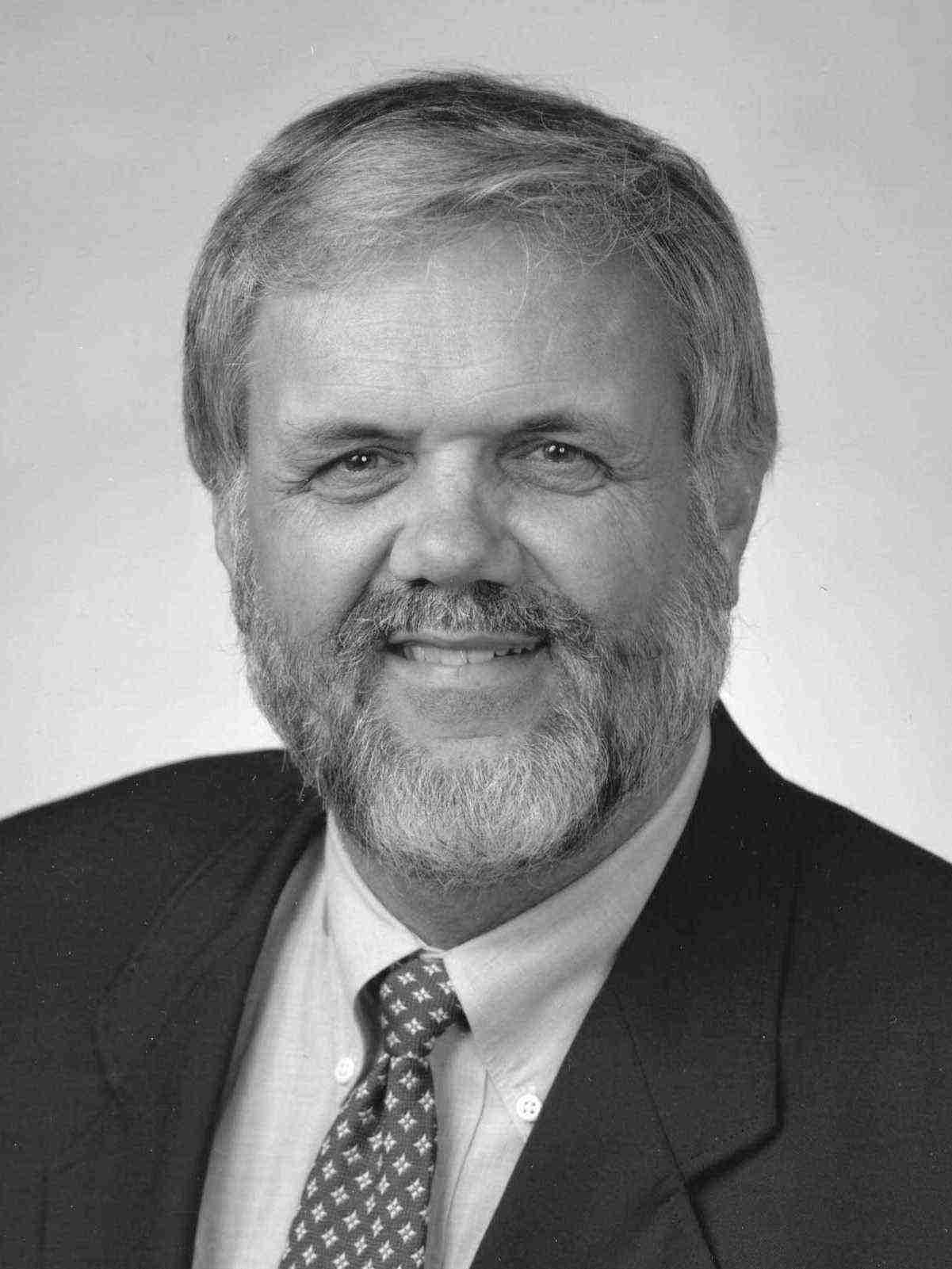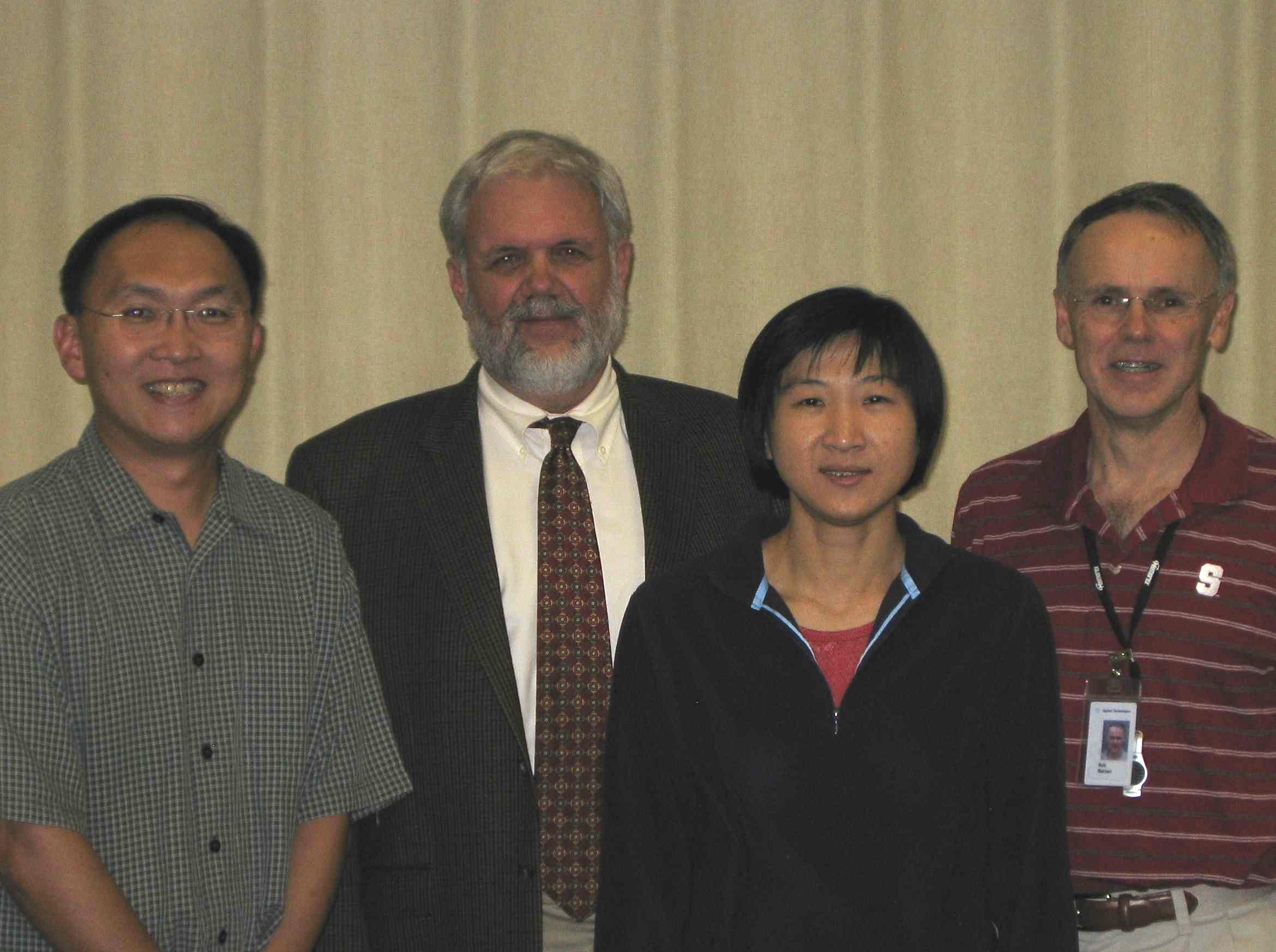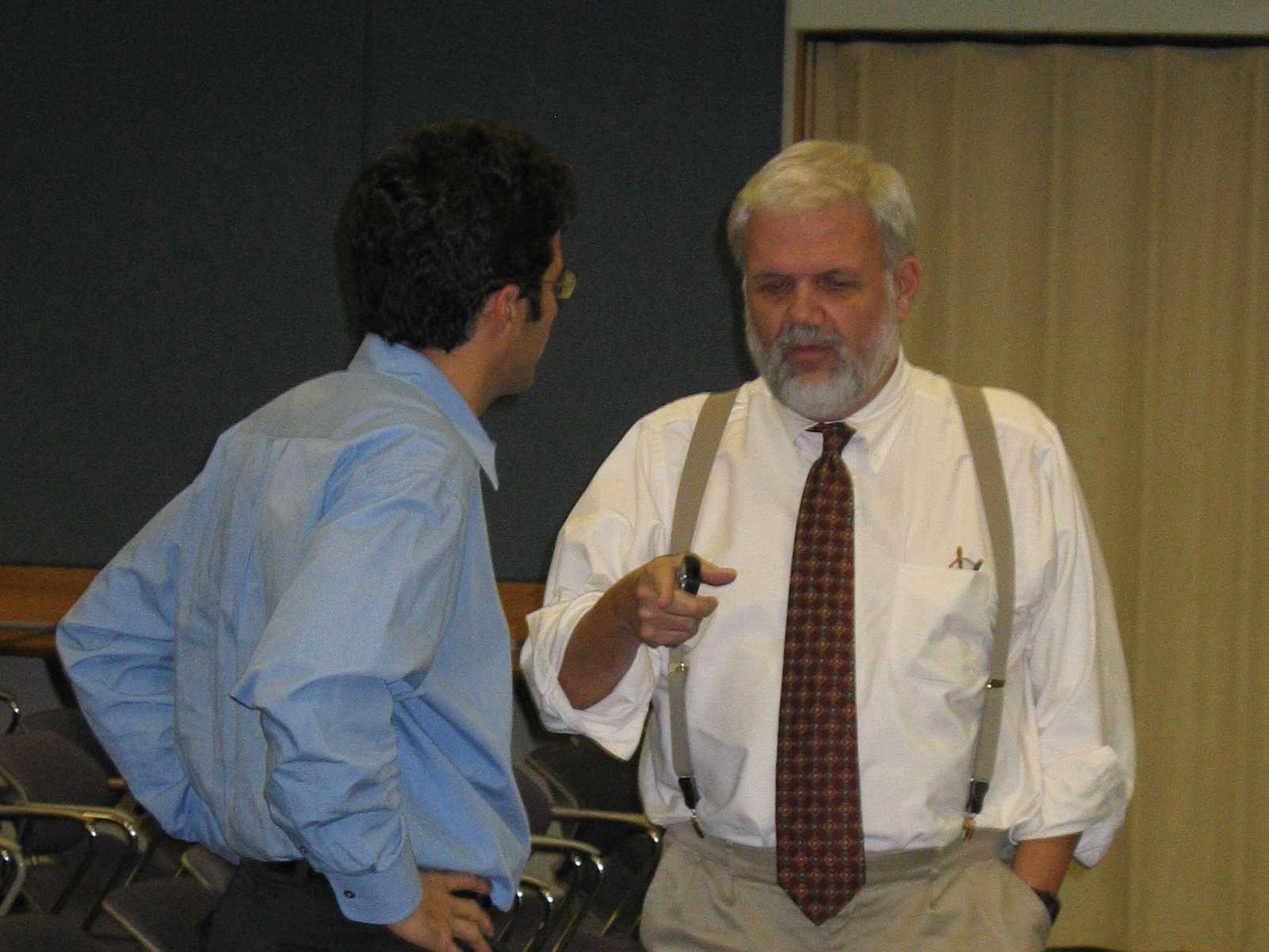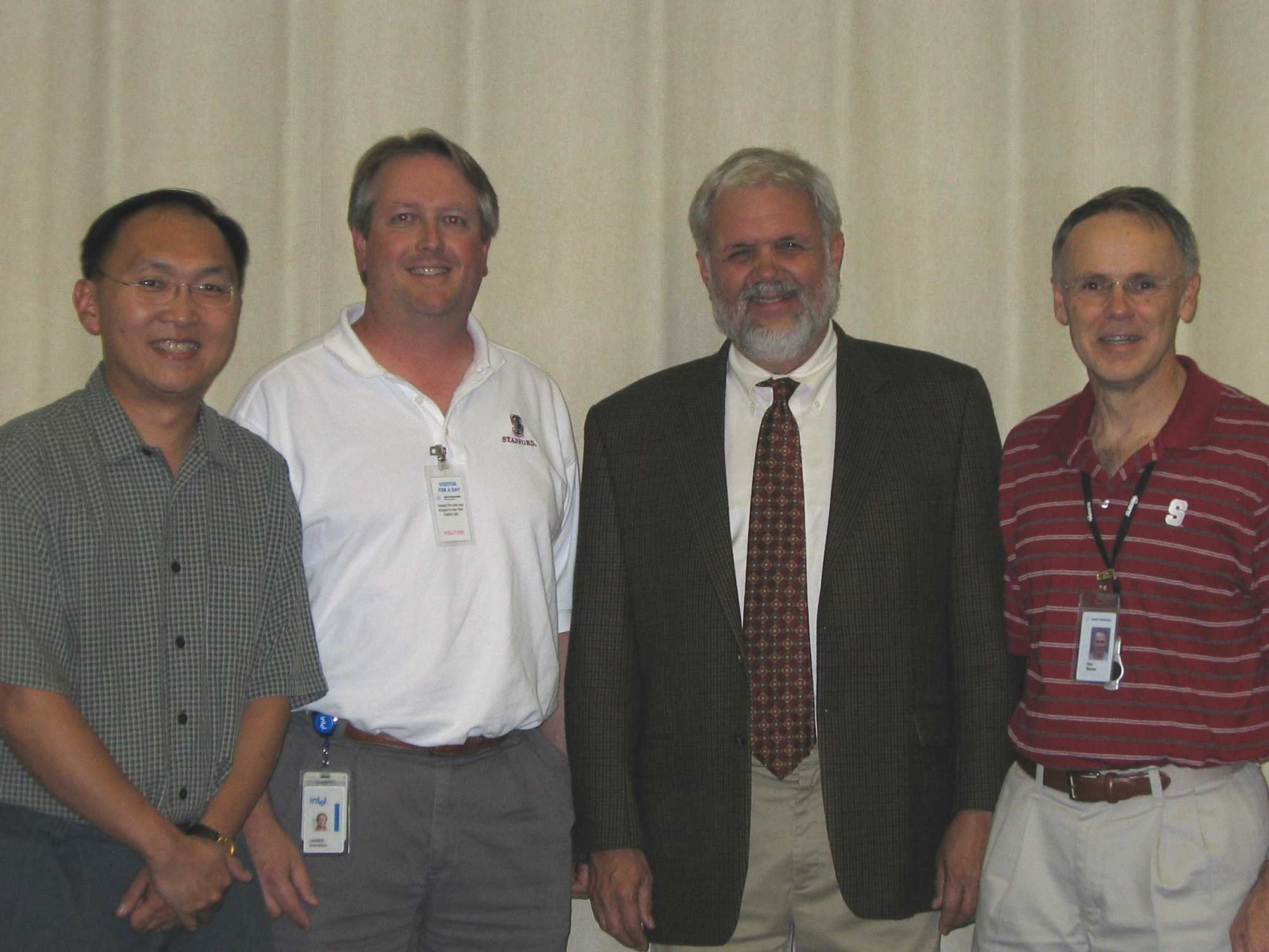|
 |
 |
|

Technical
Seminar
Distinguished Lecturer Series |
 |
 |
|
|
|
Cascaded Noise-Shaping for Oversampling
A/D and D/A Conversion |
|
|
DATE/TIME
Thursday, November 10, 2005
(4:30pm to 6:00pm)
|
|
PLACE
Bldg. 1 Auditorium (Agilent Technologies,
Fort Collins, CO)
|
|
DIRECTIONS
|
|
Non-Agilent/HP/Intel
Attendees: Please arrive punctually at 4:15pm as you will
need to be escorted to the seminar
room. We appreciate a courtesy RSVP to bob_barnes@agilent.com
to expedite sign-in and to help us with a headcount estimate for
food/drinks. |
|
From I-25, take Harmony Road Exit (Exit
265) westbound, and enter Agilent/HP campus on right. Agilent/HP
campus is on the NE corner of Harmony Road and Ziegler Road.
Proceed to Bldg. 1 Lobby to sign-in and meet host for escort to
Auditorium. |
|
COST
Free. As always, pizza &
drinks will be provided. |
|
|
ABSTRACT
|
|
Through the
exchange of resolution in time for that in amplitude, noise-shaping
sigma-delta modulators offer an efficient means of integrating precision
A/D and D/A converters in scaled CMOS VLSI technologies. Cascade
architectures are a robust approach to extending the performance of such
modulators to signal bandwidths of several MHz as their design is
straightforward and they are immune to stability issues that must be
addressed in the design of higher-order modulators employing a single
quantizer. At signal bandwidths of tens of kHz or less, high
oversampling ratios can be used to realize sigma-delta modulators with
performance that is insensitive to technology limitations.
However, to meet the demands of emerging communications applications,
the performance of cascaded oversampling modulators with low
oversampling ratios has been extended to enable the digitization of
signals with bandwidths of several MHz, centered at either dc or at
intermediate frequencies as high as 20 MHz. Distributed noise
shaping and multilevel quantization can be used to significantly lower
the oversampling ratio needed to achieve a specified precision, thus
increasing the signal bandwidth that can be digitized within the
constraints of a given technology. Digital cascaded noise shaping
modulators can be used for D/A conversion, and means have been found to
combine such architectures with semi-digital reconstruction filtering. |
|
PRESENTATION SLIDES
pdf |
|
|
PROF. BRUCE
WOOLEY (Stanford University, Stanford, CA)
|
 |
Bruce A.
Wooley is the Robert L. and Audrey S. Hancock Professor of Engineering
and the Chairman of the Department of Electrical Engineering at Stanford
University. He received the BS, MS and PhD degrees in Electrical
Engineering from the University of California, Berkeley in 1966, 1968
and 1970, respectively. From 1970 to 1984, he was a member of the
research staff at Bell Laboratories in Holmdel, NJ, and he joined the
faculty at Stanford in 1984. His research is in the field of integrated
circuit design, where his interests include oversampling A/D and D/A
conversion, low-power mixed-signal circuit design, circuit design
techniques for video and image data acquisition, high-speed embedded
memory, high-performance packaging and testing, noise in mixed-signal
integrated circuits, and circuits for high-speed communications.
|
|
Prof. Wooley is a Fellow of the IEEE and a Past President of the IEEE
Solid-State Circuits Society. He has served as the Editor of the IEEE
Journal of Solid-State Circuits and as the Chairman of both the
International Solid-State Circuits Conference (ISSCC) and the Symposium
on VLSI Circuits. He is also a
past Chairman of the IEEE Solid-State Circuits and Technology Committee,
and he has been a member of the IEEE Solid-State Circuits Society AdCom,
the IEEE Solid-State Circuits Council, the IEEE Circuits and Systems
Society AdCom, the Executive Committee of the ISSCC, and the Executive
Committee of the Symposium on VLSI Circuits. He received the IEEE
Journal of Solid-State Circuits 2002 Best Paper Award, and he was
recognized for his Outstanding Contributions to the Technical Papers of
the International Solid-State Circuits Conference on the occasion of the
conference's fiftieth anniversary. He was a recipient of the IEEE Third
Millennium Medal, he received the Outstanding Alumnus Award from the
EECS Department at the University of California, Berkeley in 2003, and
he is the 2005 recipient of the IEEE Solid-State Circuits Award. He has
published more than 140 technical articles and is a co-author of The
Design of Low-Voltage, Low-Power Sigma-Delta Modulators and Design and
Control of RF Power Amplifiers. He is a coeditor of Analog MOS
Integrated Circuits, II. |
|
Website |
|
|
PHOTOS
Courtesy of Bob Barnes
|
 |
 |
 |
 |
|
|
|